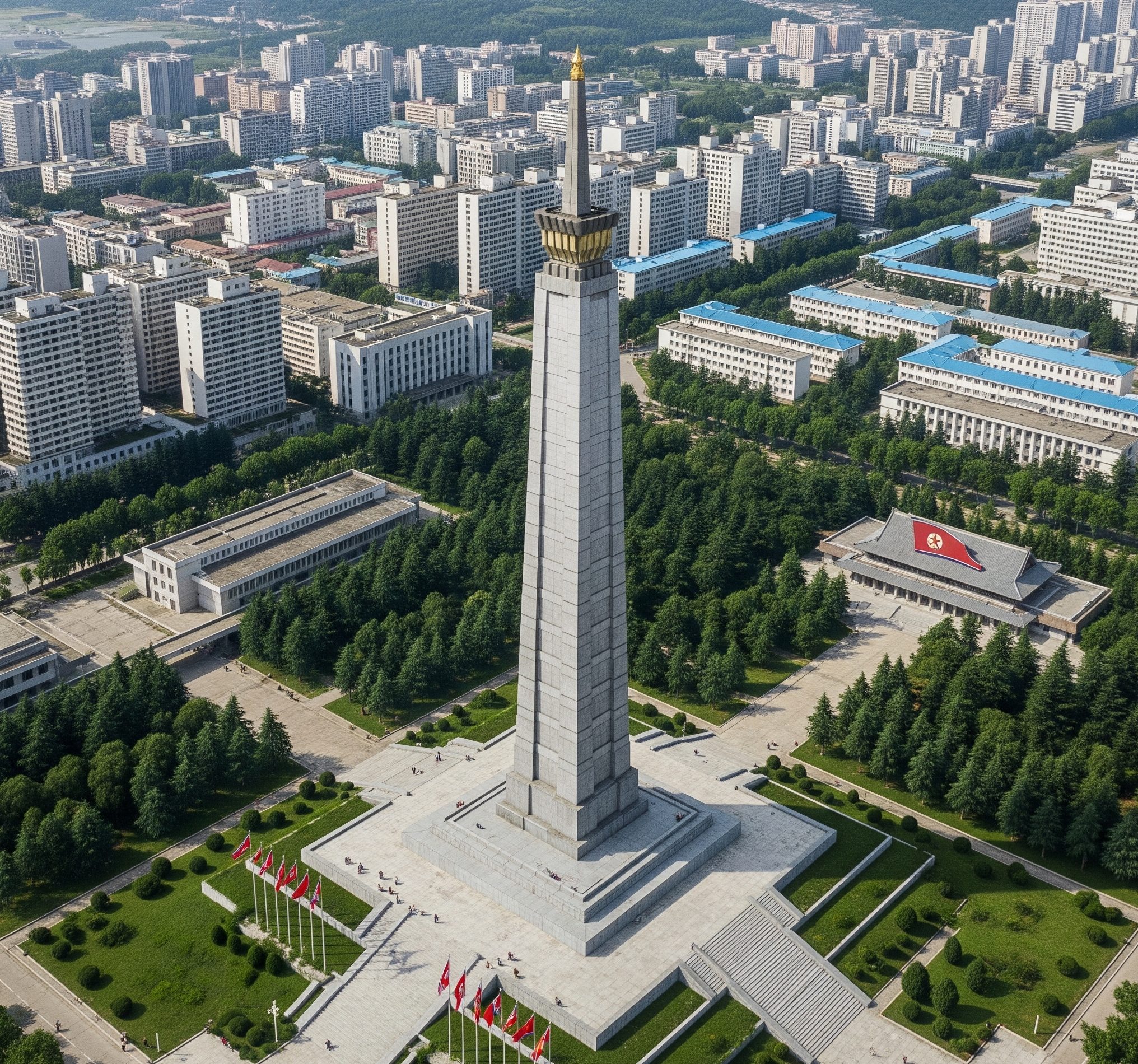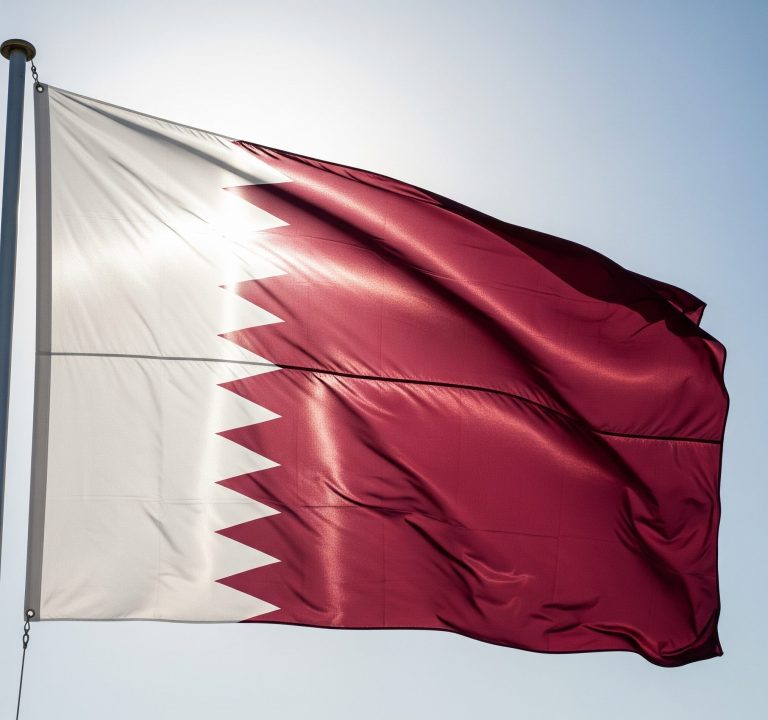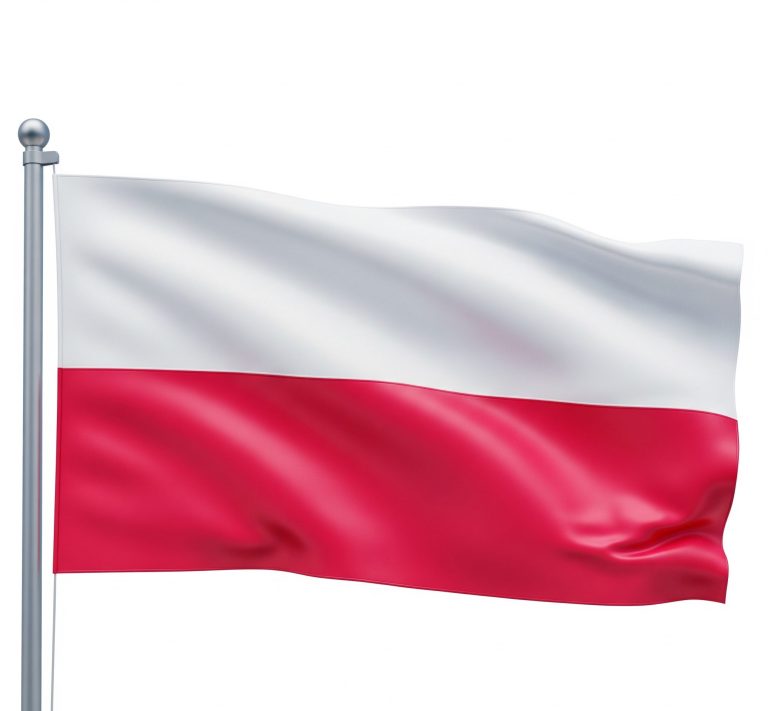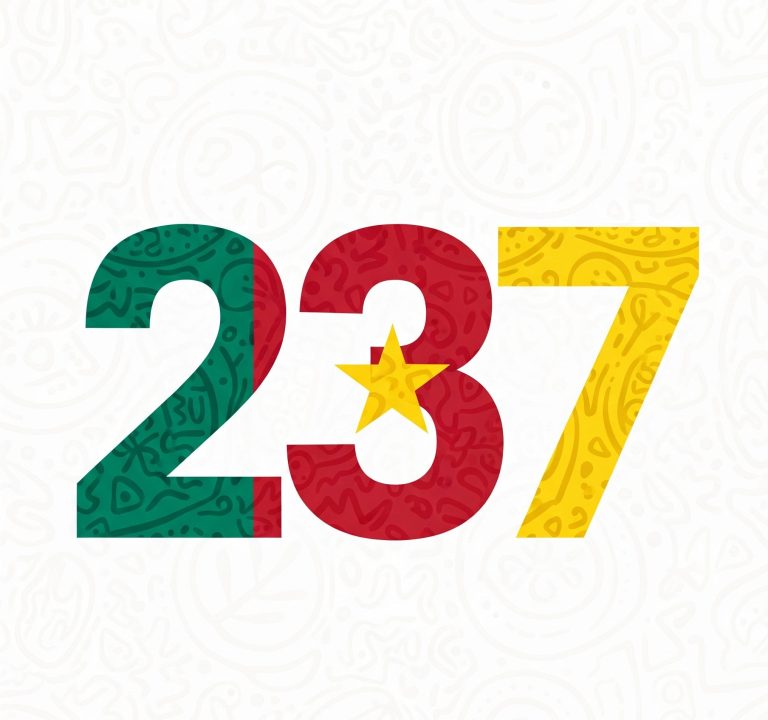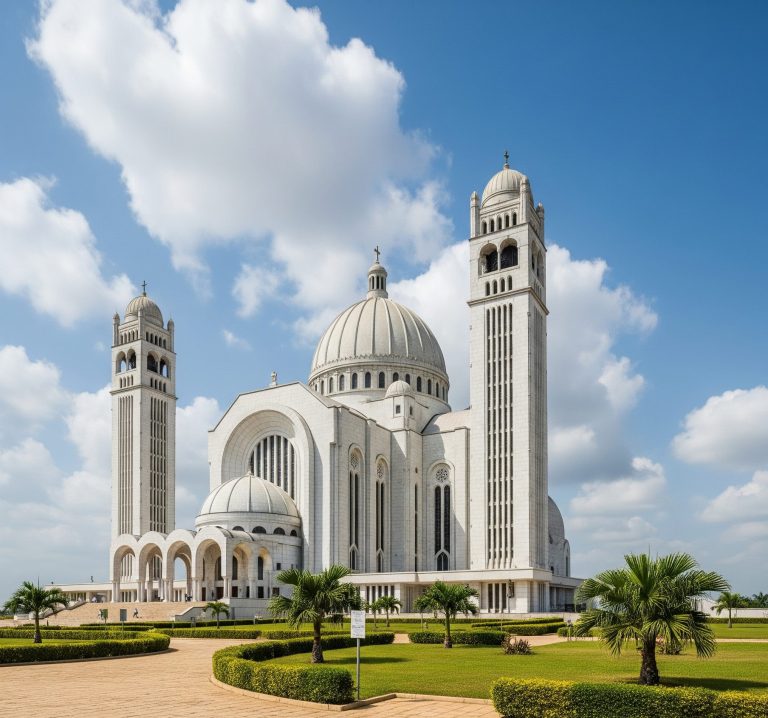For Americans looking to connect across borders, understanding international dialing codes can sometimes feel like navigating a complex maze. From figuring out exit codes to pinpointing the right country and area codes, it’s easy to get a number wrong. One specific prefix that often raises questions is +85 which country code? While it might seem like a single, straightforward code, the “+85” range actually encompasses a fascinating cluster of countries and special services, primarily in East and Southeast Asia.
Contents
The Anatomy of an International Call from the U.S.
Before we delve into the specifics of the +85 codes, let’s briefly review the fundamental steps for making an international call from the United States. This will provide context and ensure your calls go through smoothly.
- The U.S. Exit Code (011 or +): Your first step is to signal to your phone carrier that you’re making an international call. For landlines, this is typically “011”. On a mobile phone, you can simply use the “+” symbol (usually by pressing and holding the “0” key), which automatically inserts the correct international access code for your location. The “+” is generally recommended for mobile devices as it is universally recognized.
- The Country Code: This is the unique one- to three-digit number assigned to the country you wish to call. This is where the “+85” range comes into play.
- The Area or City Code: Depending on the country, after the country code, you’ll dial a specific area or city code that directs your call to a particular region within that country. Remember to omit any leading “0” if the number you have includes one as part of a domestic dialing format.
- The Local Number: Finally, you’ll dial the individual phone number of the person or business you’re trying to reach.
Demystifying the “+85” Country Code Range
The question of “+85 which country code” doesn’t have a single answer because “+85” is not a single country code itself, but rather a range that includes several distinct codes for countries primarily located in East Asia and Southeast Asia. These codes are part of a larger international numbering plan.
Here are some of the notable country codes within the +85 range:
- +850: North Korea – This code is assigned to the Democratic People’s Republic of Korea.
- +852: Hong Kong – A special administrative region of China, Hong Kong uses its own distinct country code.
- +853: Macau – Another special administrative region of China, Macau also has its unique country code.
- +855: Cambodia – This code connects you to Cambodia in Southeast Asia.
- +856: Laos – The country code for Laos is +856.
- +859: (Unassigned/Special Services) – This particular code within the +85 range is generally unassigned or reserved for special services, rather than a specific geographical country.
It’s important to note that these codes are assigned by the International Telecommunication Union (ITU) and are part of a global system designed to ensure that calls can be routed correctly across national borders.
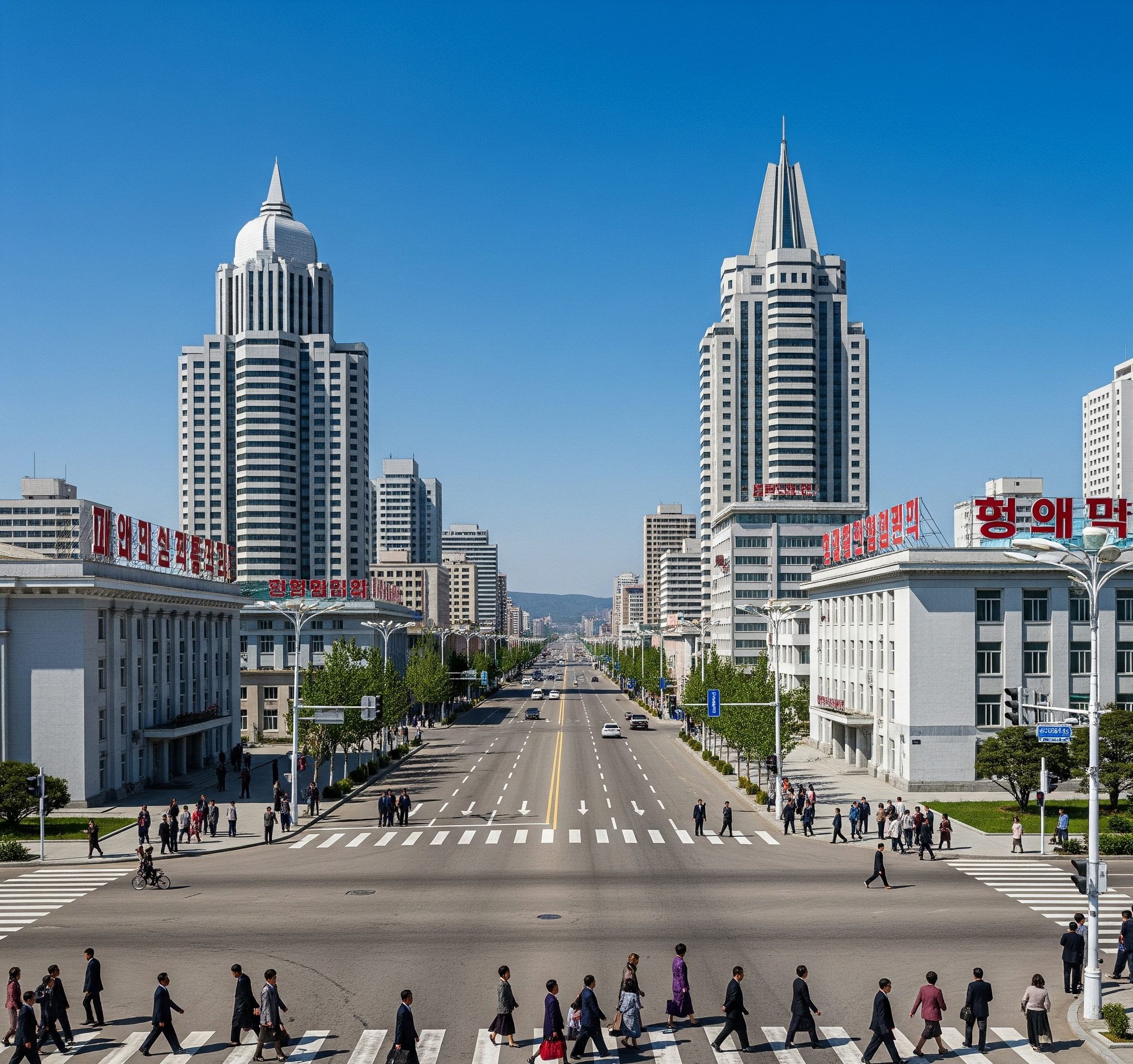
Why is This Important for Americans?
For Americans, understanding these codes is crucial for several reasons:
- International Business: If you conduct business with partners, suppliers, or clients in East or Southeast Asia, knowing the correct country codes is paramount for seamless communication. A simple misdial can lead to frustration and missed opportunities.
- Connecting with Friends and Family: Many Americans have loved ones living or traveling abroad. Being able to dial directly and correctly fosters connections and helps maintain relationships across continents.
- Travel Planning: If you’re planning a trip to any of these regions, you’ll likely need to contact hotels, tour operators, or emergency services. Having a grasp of the dialing procedures, including the specific +85 which country code applies to your destination, will make your travel experience much smoother.
- Avoiding Scams: Occasionally, unsolicited calls or messages may originate from international numbers. While not always indicative of a scam, being aware of common country codes can help you identify unfamiliar or suspicious numbers. For instance, if you receive an unexpected message from a number starting with a +85 code, and you have no known contacts in those regions, it might warrant caution.
Tips for Successful International Calling
- Always Verify: Before making an international call, especially to a new number, double-check the full international number, including the country code, area code, and local number. Online resources and international dialing guides are readily available.
- Use the “+” Symbol on Mobile: For convenience and accuracy, always use the “+” symbol on your mobile phone to initiate international calls. Your phone will automatically convert it to the appropriate exit code for the country you are calling from.
- Consider Calling Apps: For frequent international callers, apps like WhatsApp, Skype, or Google Voice can offer cost-effective or even free calling options, often leveraging internet connections rather than traditional phone networks. These apps typically handle the dialing complexities for you, requiring only the international phone number.
- Time Zones: Don’t forget to account for time zone differences! A call placed at noon your time might be in the middle of the night for the recipient. A quick search for “time zone difference between [your city] and [destination city]” can save you from an awkward wake-up call.
conclusion
while the phrase “+85 which country code” might initially imply a single answer, it’s actually a gateway to a fascinating collection of countries in East and Southeast Asia, each with its own distinct country code within that numerical range. By understanding the basics of international dialing and familiarizing yourself with these specific codes, you can confidently connect with individuals and businesses across the globe from the United States.

